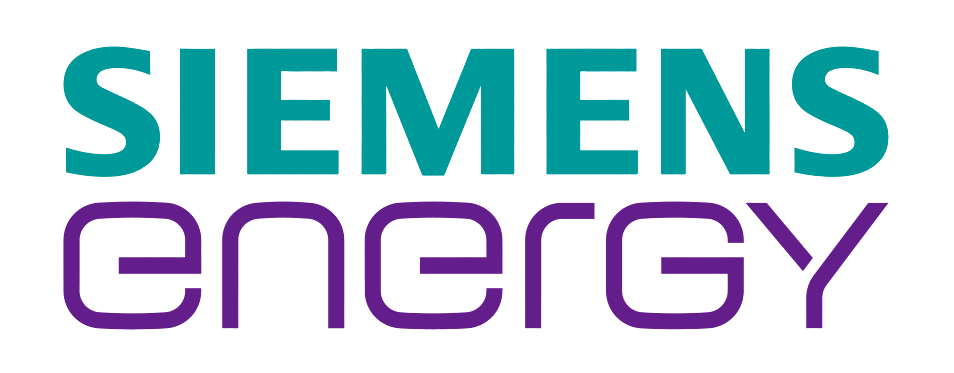Methane Emissions: Is Measuring it a Real Challenge?
 Energy
Energy
Why detect methane leaks, it is just another gas?
Methane is a great energy source that burns much cleaner than other gases, providing ~ 5,500 kJ/g and releasing no harmful carbon dioxide emission. Several oil & gas companies have started exploring natural gas-rich reserves due to this advantage. In comparison to carbon dioxide, methane is ~ 80 times more potent if released unused, though it has a relatively shorter lifecycle.
Methane can come from both natural and manmade sources. Enteric fermentation and oil & gas operations are the two largest sources of methane emission (refer Exhibit 1). The global anthropogenic methane emissions by 2020 are estimated to be 9,390 million metric tons of CO2 equivalent (MMTCO2E). The report tries to examine methane emissions, primarily from oil & gas sources, and the current state of readiness to measure and mitigate these emissions.
In the oil & gas industry, natural gas is emitted during normal operations, routine maintenance, and system disruption. Inefficient operations, such as leaking valves and flaring and routine maintenance, lead to loss of this precious natural commodity. However, oil & gas companies have realized its dual importance, first as a loss of valuable commodity that can be monetized and second as a contributor to GHG emissions.
Oil & gas companies are collaborating for climate action and have formed interest groups, which conduct research on different technologies or processes to combat climate change, with a few focusing on methane measurement.
Oil and Gas Climate Initiative (OGCI) – It is a voluntary CEO-led initiative taking practical actions on climate change. OGCI members leverage their collective strength to lower carbon footprints of energy, industry, and transportation value chains via engagements, policies, investments, and deployment.
The group has invested over $6.3 billion in low carbon technologies and R&D in 2017.
Collaboratory to Advance Methane Science (CAMS) – It is an industry-led collaborative research consortium working on advance methane science to better understand global methane emissions and the need for additional solutions. GTI will serve as the program administrator for this effort with initial participants from leading energy companies, such as BP, Cheniere, Chevron, Equinor, ExxonMobil, Pioneer Natural Resources, and SIEP, Inc. (Shell). CAMS plans to expand participation to include other companies from the natural gas value chain.
The Environmental Partnership – Its initial focus is on solutions that are technically feasible, commercially proven, and will result in significant emission reduction. This group comprising around 65 participants will provide a forum to share information and analyze best practices as well as technological breakthroughs to help improve understanding of emissions and study techniques to reduce them.
ONE Future Coalition – It is a group of natural gas companies working together to voluntarily reduce methane emissions across the natural gas supply chain, with a goal to lower emissions to 1% by 2025. There are 20 members in this group. Using uniform, EPA-approved reporting protocols, the coalition registered a 2018 methane intensity number of 0.326%, a decrease of 41% from its 2017 number of 0.552%.
How is methane emission measured?
In the methane emission measurement process (refer Exhibit 4), it is necessary to identify leaks and plug them. There are different solutions for identifying emissions; however, measuring them serves to be a challenge. The measurement or quantification requires information regarding the leak rate, direction of wind, and speed of wind, to better understand the amount of methane that is released in the atmosphere. It also requires complex algorithms to process these calculations and provide real-time stream of information to end users.
Below are some of the leading technology developers engaged in methane emission measurement.
Rebellion Photonics: The company developed Gas Cloud Imaging (GCI) cameras using proprietary hyper-spectral imaging technology to capture both visible spectrum and infrared video as well as to monitor, quantify, and display explosive, harmful gas leaks as they occur. This can be deployed for fixed or stationary inspection and has a proprietary algorithm known as Physics Enhanced Artificial Intelligence Real-time Logic (PEARL).
SeekOps: The company offers a miniaturized methane sensor with an ultra-accurate resolution for leak grading. The sensor is used with a proprietary software suite, hyper-accurate GPS, and custom algorithms to localize and quantify emissions leak data for field operations. It is a drone-based technology with proprietary data analytics capabilities for emission quantification.
Ball Aerospace: The company developed a Differential-absorption LiDAR (DIAL) methane detection system that uses two lasers of slightly different infrared wavelengths to map the ground and measure atmospheric methane. It is an airborne inspection device that helps identify massive leaks of toxic gases.
What are oil & gas majors doing in this space?
Almost all energy majors have included methane emission monitoring and quantification in their sustainability program and have different commitments to achieve this goal.
Overall Challenges
- Awareness and knowledge on the methane emission topic
- Fragmented initiatives along the gas value chain
- Aggregation of methane emission data along the value chain
- Harmonized definitions along the gas value chain
- Missing cross-sectorial opportunities and exchange of views (i.e., innovative technologies and BATs) aimed at the reduction of methane emission



 5 min read
5 min read
































